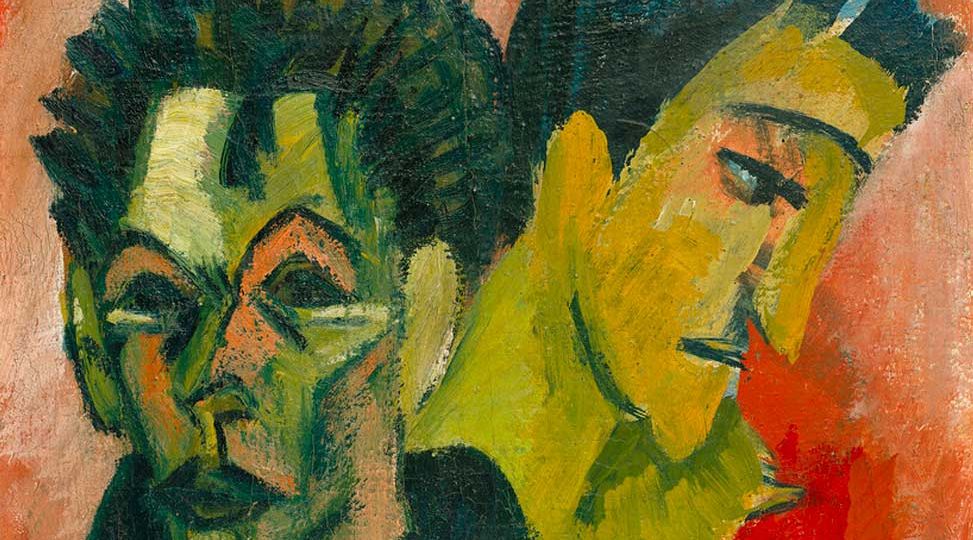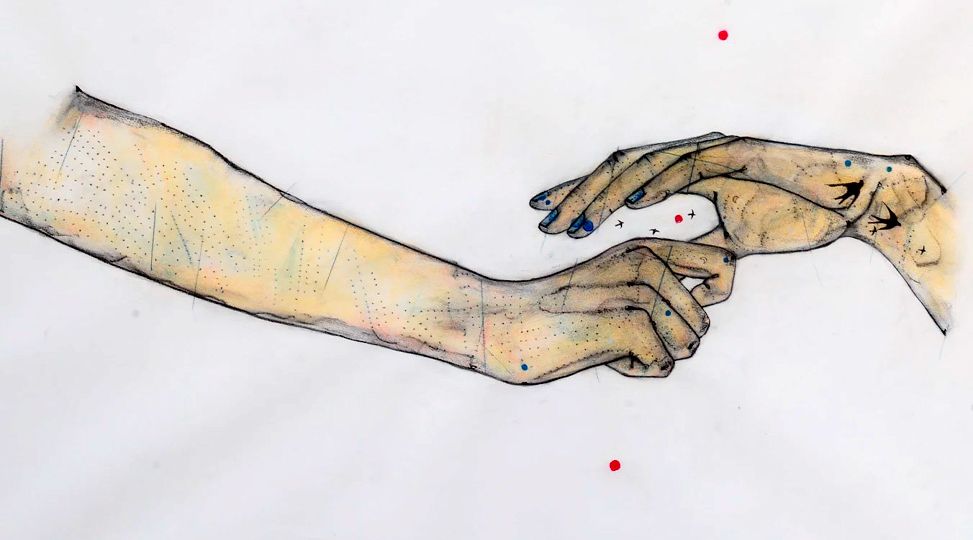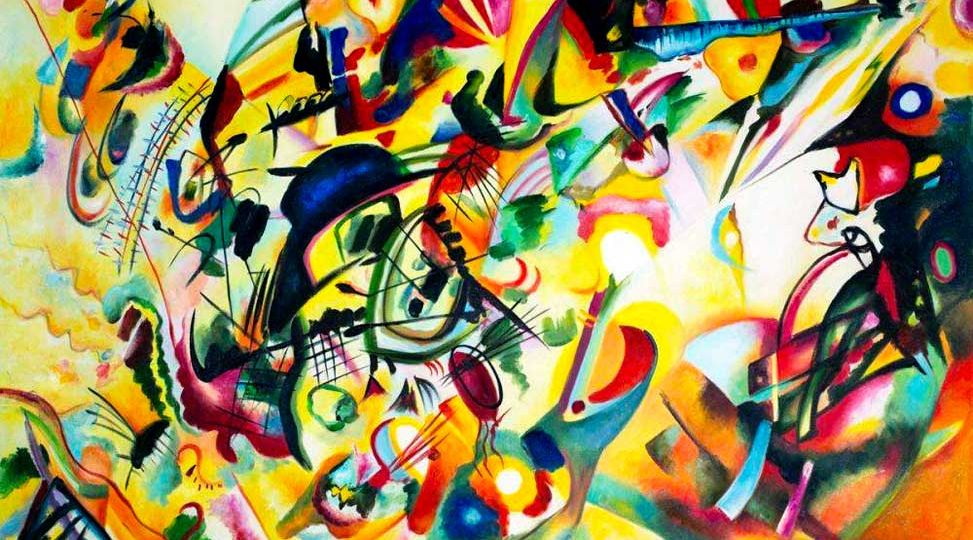Is differentiation of an ego-syntonic function-attitude somehow different from differentiation of an ego-dystonic FA? Or maybe differentiation works the same for all function-attitudes and it’s just in the subsequent integration process that the distinction between ego-syntonic and ego-dystonic comes into play. Do we need a more refined understanding of typological development?
Theory
Jung believed that colors symbolize dynamic psychic factors that evolve with consciousness. An analysis of his color studies suggests that the psyche uses color as a way to distinguish different kinds (i.e., functions) of consciousness. “The personality passes through many transformations which show it in different lights and are followed by ever-changing moods.“
“Ambiversion” —the equal development of extraversion and introversion in an individual— has become a popular notion of late but it has led to some misinterpretations of Jung’s typology, specifically, to an idealization of this in-between state…
A separation exists between psychology and typology. Many psychologists and even many Jungians ignore Jung’s major work, Psychological Types, and the concepts underlying it. The field has been left mostly to lay practitioners, who use the MBTI® instrument for training, coaching, and other pragmatic applications. What reasons do you see for the divide?
Jung’s approach is based on pairs of polarities. Getting eight functions with such a ‘binary approach’ requires three levels of dichotomy. Jung clearly explained his split of the rational functions into two opposite functions and the same for the irrational functions; but he never provided a theoretical context for a third “dimension” of psychological type.
Since Sensing and Feeling are not typologically opposed preferences, this may suggest that, contrary to what conventional wisdom might dictate, political liberalism and conservativism may not be logical opposites either. This may suggest a means by which the perspectives of the two political orientations can be bridged.
Our often-used shorthand illustration with a line drawn between the four allegedly conscious function-attitudes and the four “unconscious” ones is misleading because consciousness is not a sufficiently reliable characteristic for distinguishing these two sides of the psyche’s typology. It’s related to what distinguishes them, but only as a secondary and fairly unpredictable characteristic.
Introverted thinking is more concerned with satisfying a subtle, personally perceived standard of truth—like Barack Obama in his first debate with Mitt Romney. People saw Obama hesitating and looking away from his opponent. I read that as him double-checking to make sure that what he was about to say would meet a benchmark of critical thinking.
The problem was that I wanted it to be as reliable as a road map. … I wanted the type map to conclusively show me the routes that, say, ESTPs took in their thinking and behavior. When it didn’t ‘work,’ I was disappointed. How could something so useful to me internally be so unreliable in external application, even after extensive study?
The type code had another unintended effect, which was to elevate the E-I and the J-P dichotomies to the same level as the functions. I had always thought of myself as an Introvert and nothing else. I had also been taught that I was a Judging type and I had been told that “J’s decide quickly,” but that was not true for me. So there were holes in my preference framework where my experience did not fit what I was taught.











